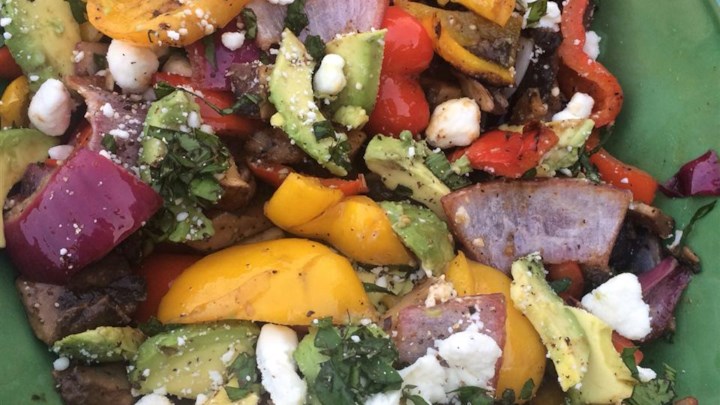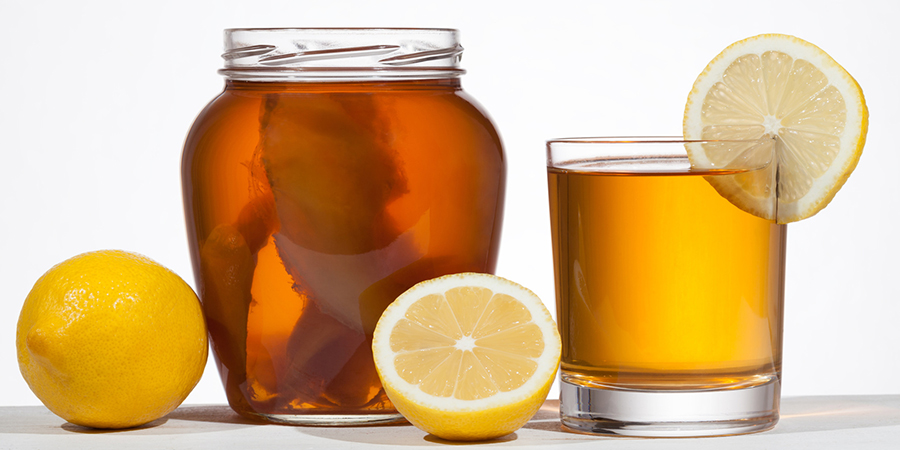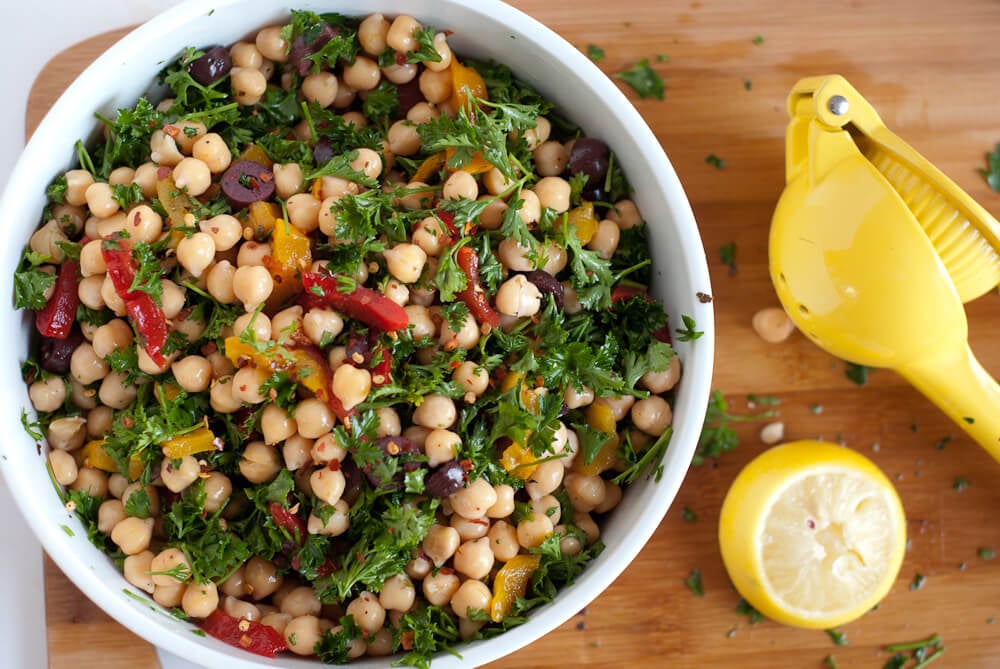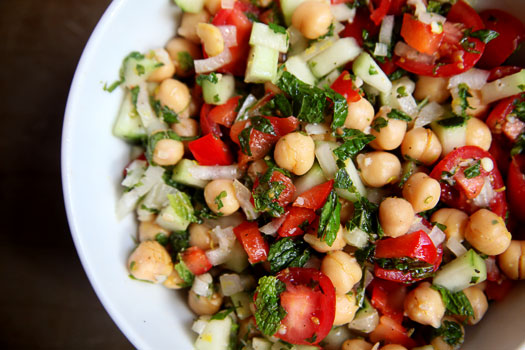Preparation Time: 25 mins
Calories: 388
Servings: 6
INGREDIENTS:
|
·
3 Skinned Chicken Breast (Free Range/Organic)
|
·
2 Limes, Juiced
|
|
·
½ Cup
Basil Leaves
|
·
2 Tablespoons Grill Seasoning
|
|
·
1 Cup Frozen Lima Beans
|
·
2 Cloves Garlic, Minced
|
|
·
½ Cup Corn
|
·
1 Pinch Cayenne Pepper, Or To Taste
|
|
·
1 Pint Grape Tomatoes
|
·
2
Tablespoons Balsamic Vinegar
|
|
·
6 Portobello Mushroom Caps
|
·
1
Avocado (Organic) - Peeled, Pitted, And Cubed
|
|
·
4 Red Bell Peppers, Cored And Quartered 1 Red
Onion, Thickly Sliced
|
·
½ Cup Crumbled Goat Cheese
|
|
·
1 Cup
Olive Oil
|
·
2 Limes, Juiced
|
|
·
Freshly Ground Black Pepper To Taste
|
·
2 Tablespoons Finely Chopped Fresh Basil
|

DIRECTIONS:
Grilled Chicken and Succotash
- Place a grill pan over high heat. Season 4 thin chicken cutlets (about 1 pound total) with 1/4 teaspoon each salt and pepper. Grill until cooked through (about 3-4 minutes), turning once. Meanwhile, heat 1 tablespoon olive oil in a large skillet over medium-high.
- Add in 1 cup frozen baby lima beans, thawed; 1/2 cup corn; and 1 pint grape tomatoes. Cook, tossing occasionally, until tomatoes burst (about 3-4 minutes). Stir in 1 tablespoon grated Parmesan and 1/2 cup fresh basil leaves, torn.
- Optional: Pair each portion with lemon wedges and a 100-calorie whole-wheat roll.
Smokey Grilled Vegetables and
Avocado
- Place mushrooms, red bell peppers, and red onion in a 9x13-inch baking dish. Whisk olive oil, lime juice, grill seasoning, garlic, and cayenne pepper in a small bowl; pour over vegetables. Toss to coat and allow vegetables to marinate for at least 30 minutes.
- Preheat grill for medium heat and lightly oil the grate.
- Remove vegetables from the marinade, and shake off excess. Reserve remaining marinade.
- Grill vegetables on preheated grill until tender, about 5 minutes. Transfer grilled vegetables to a large platter. Whisk remaining marinade with balsamic vinegar; pour over vegetables. Top with avocado and goat cheese, then season with salt and pepper. Sprinkle with basil to serve.
- TIP: Asparagus and Zucchini are EXCELLENT additions to include!
FOODS MADE TO PERFECTION!!!
LEARN MORE
832-913-5022














